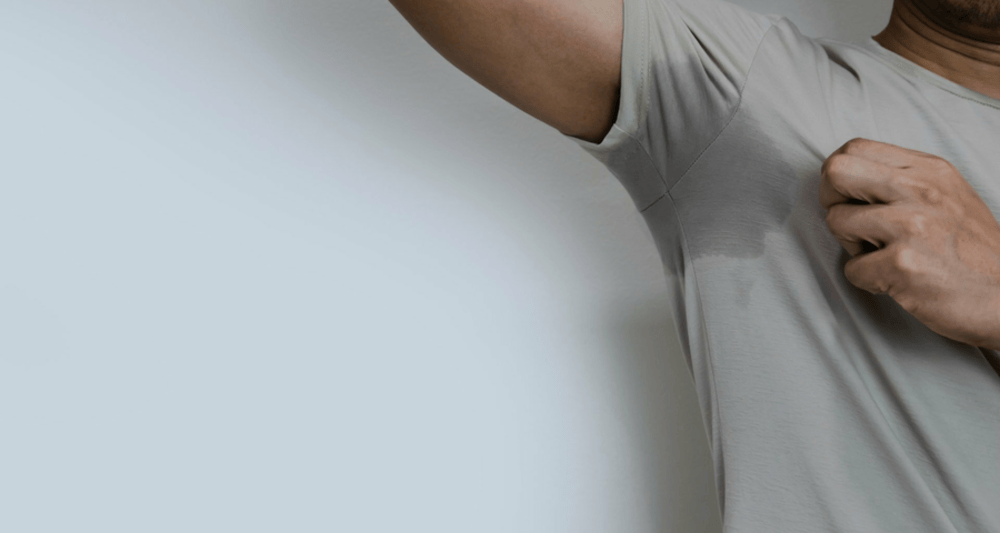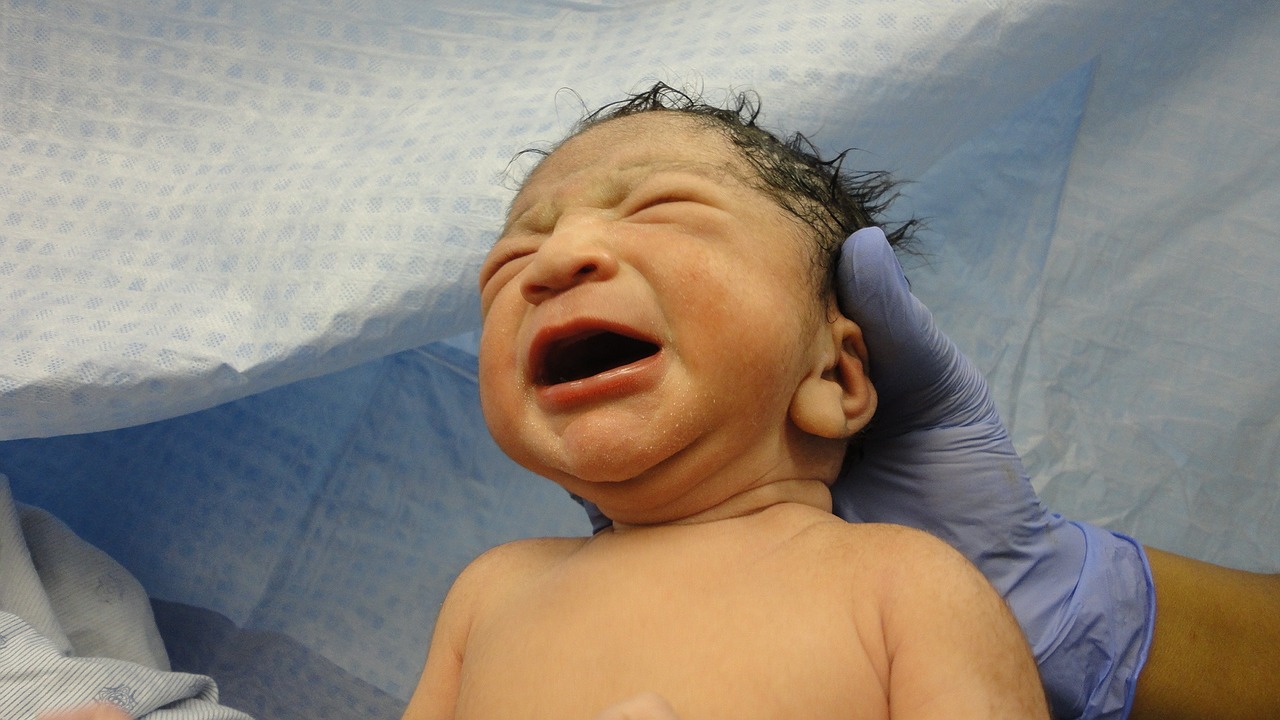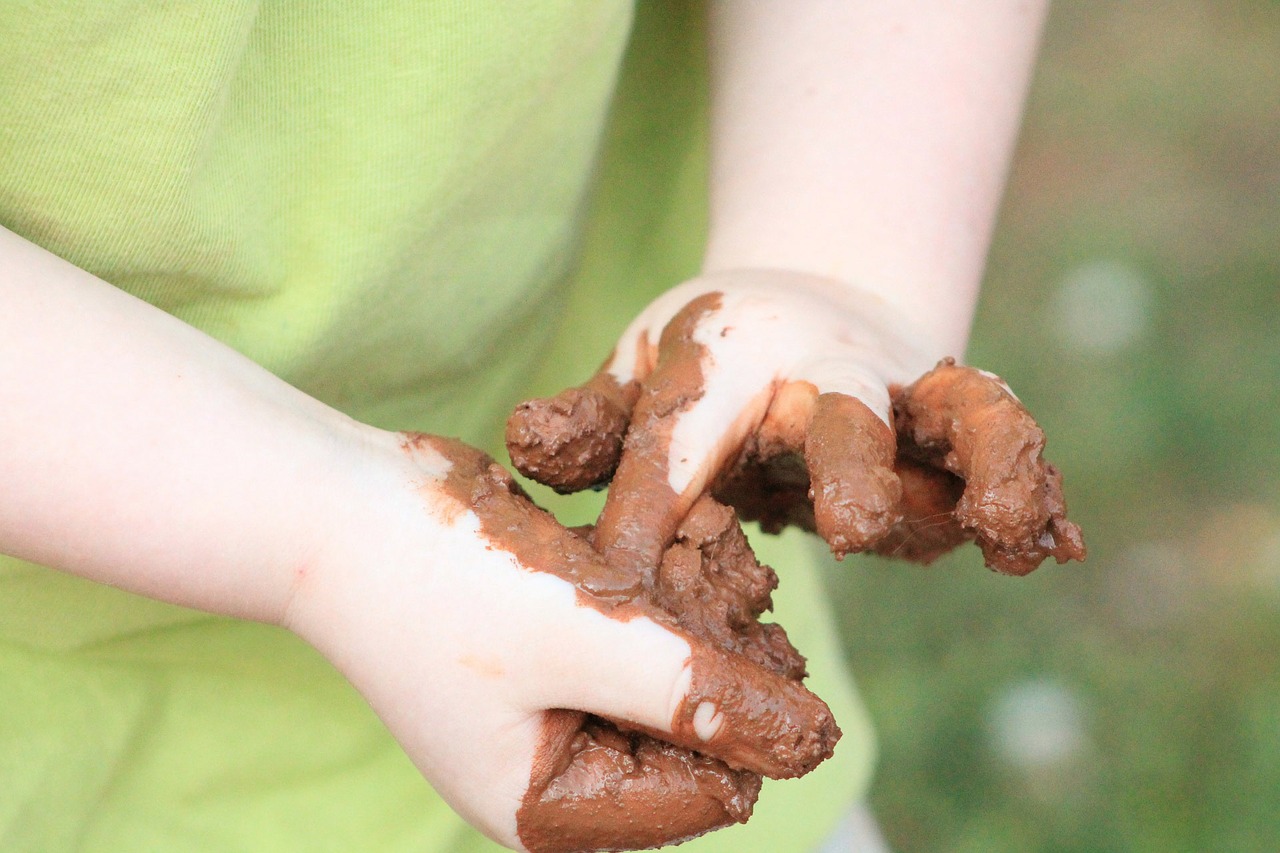
Hyperhidrosis is characterized by sweating that exceeds normal needs. It may affect specific areas such as hands, feet, underarms, or face. It can soak clothing or drip from hands, interfere with daily life, and lead to social anxiety or embarrassment.
Why does this disease occur?
Sweating is the body’s natural cooling mechanism, controlled by the nervous system. Hyperhidrosis occurs in two main types:
Primary hyperhidrosis: Overactive nerve signals overstimulate sweat glands. This typically affects the palms, soles, underarms, and sometimes the face. It often runs in families and has no other medical cause.
Secondary hyperhidrosis: It’s triggered by medical conditions or medications (e.g., pain relievers, antidepressants, diabetes, or hormone-related drugs). Sweating may affect the entire body. Common causes include diabetes, menopause, hot flashes, thyroid problems, certain cancers, nervous system disorders, and infections.
Who is at risk of this disease?
- Family history of heavy sweating (parent, sibling, or grandparent)
- Use of medications or supplements that increase sweating
- Underlying medical conditions that trigger sweating
What are the symptoms?
- Excessive sweating beyond typical triggers such as heat, exercise, or stress
- Most commonly, it affects hands, feet, underarms, or the face
- Usually occurs on both sides of the body
- At least one episode per week while awake
When to see a doctor?
While hyperhidrosis is rarely an emergency, consult a healthcare provider if:
- Sweating disrupts daily life or work
- It causes emotional distress or social withdrawal
- There is a sudden increase in sweating
- Night sweats occur without a clear cause
Seek urgent care if sweating is accompanied by dizziness, fainting, or other signs of serious conditions.
What are the complications?
- Frequent sweating increases susceptibility to bacterial or fungal infections.
- Sweat-soaked clothes and clammy hands or feet can cause embarrassment, anxiety, and affect work or social life.
How is this disease diagnosed?
- Review of medical history and symptoms
- Physical examination
- Lab tests (blood or urine) to rule out conditions such as hyperthyroidism or low blood sugar
- Sweat tests (iodine-starch or other methods) to pinpoint affected areas and assess severity
What is the treatment?
Medications
- Prescription antiperspirants containing aluminum chloride applied to dry skin at night
- Prescription creams or wipes with glycopyrrolate or glycopyrronium tosylate
- Oral nerve-blocking medications or certain antidepressants
- Botulinum toxin (Botox) injections to block overactive sweat glands
Procedures
Iontophoresis: Uses an electrical current to block nerve signals in the hands or feet
Microwave therapy: Destroys underarm sweat glands
Sweat gland removal: Curettage, liposuction, or a combination for the underarms
Nerve surgery: Interrupts nerve signals to reduce palm sweating (used when other treatments fail)
How can you take care at home?
- Use antiperspirants with 6-20% aluminum chloride
- Wear breathable shoes and moisture-wicking socks
- Keep feet dry; change socks daily, and use foot powder
- Choose clothing made of natural fabrics; use moisture-wicking fabrics during activity
How to prevent?
- Avoid triggers that worsen sweating
- Maintain proper hygiene and skin care
- Manage underlying medical conditions
FAQs:
Q1: Can hyperhidrosis go away on its own?
A: No. Hyperhidrosis typically requires ongoing management or treatment. Without intervention, excessive sweating usually persists.
Q2: Is it painful?
A: Most cases are not physically painful. However, it can cause discomfort, social embarrassment, and emotional distress.
Q3: Can it affect the whole body?
A: Yes. Secondary hyperhidrosis, caused by underlying medical conditions or medications, may lead to sweating on the body.
Important Note: This information is for awareness purposes only. Always consult a healthcare professional for advice, diagnosis, or treatment.









